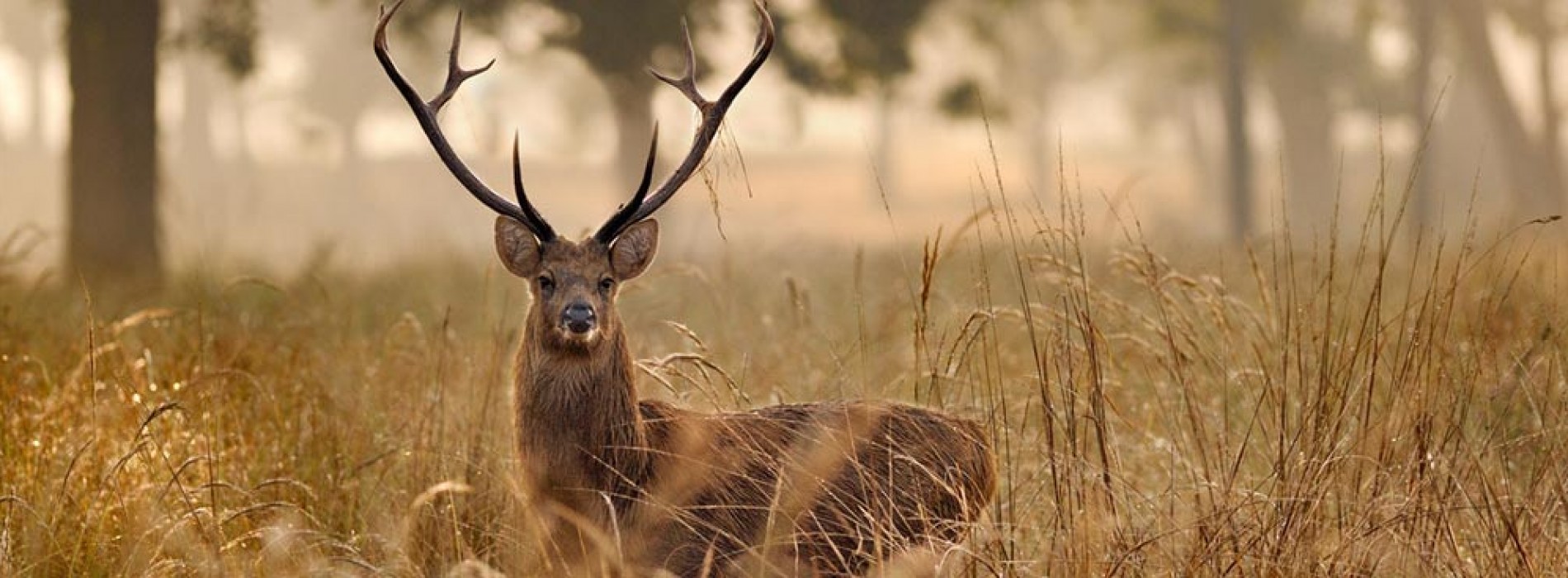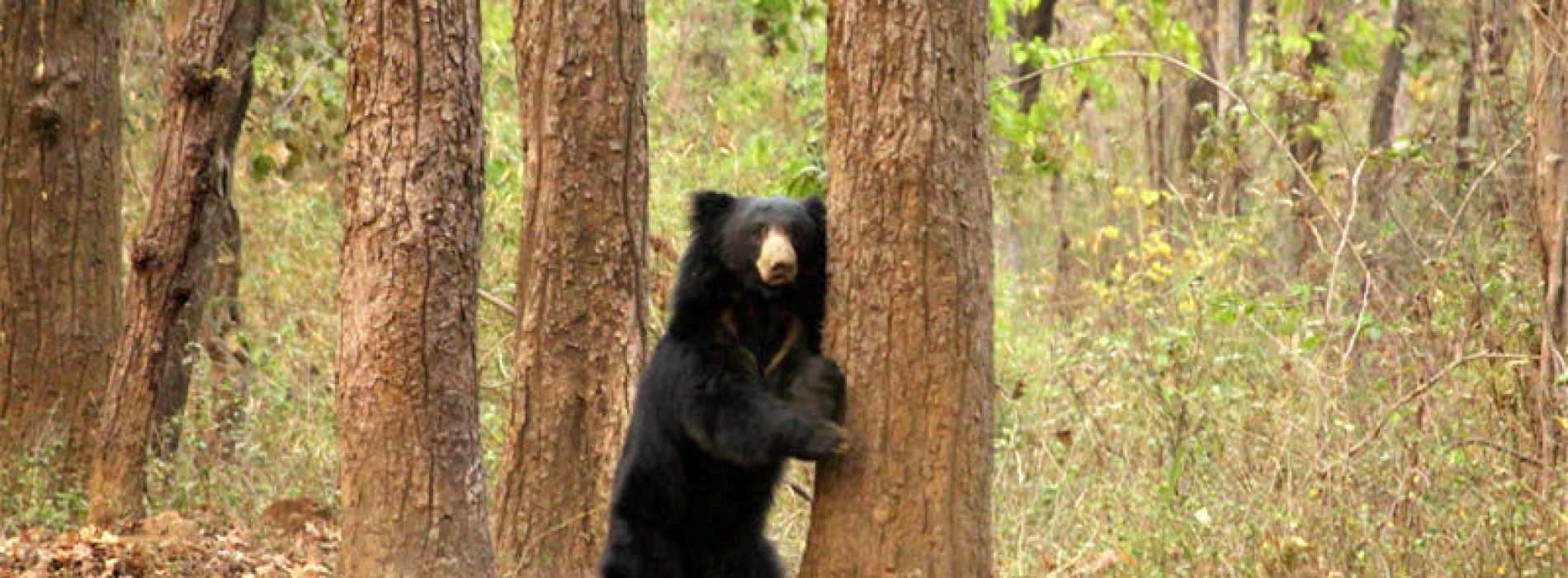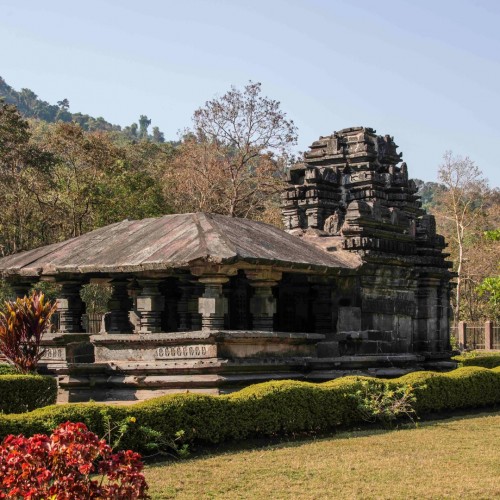Kanha Call of the Wild
Kanha’s sal and bamboo forests, rolling grasslands and meandering streams stretch over 940 sq km in dramatic natural splendor.
Kanha National Park forms the core of the Kanha Tiger Reserve created in 1974 under project Tiger. The park is the only habitat of the rare hard ground Barasingha. In the 1930s, the Kanha area was divided into two Sanctuaries, Hallon and Banjar, of 250 sq km and 300 sq km each. Though one of these was subsequently disbanded, the area remained a protected one until 1947. Depletion of the tiger population in the years that followed led to the area being made an absolute sanctuary in 1952. By a special statute in 1955, Kanha National Park came into being. Since then, a series of stringent conservation programmes for the protection of the park’s flora & fauna has given Kanha its deserved reputation for being one of the finest & best administered National Parks in Asia, and an irresistible attraction for all wildlife lovers and a true haven for its animals and avian population.
Forest Department guides accompany visitors around the park on mapped-out circuits which enable viewers to see a good cross section of Kanha’s wildlife. The best areas are the meadows around Kanha, where blackbuck, chital and barasingha can be seen throughout the day. Bamni Dadar: Known as Sunset Point, this is one of the most beautiful areas of the park, from where a spectacular sunset can be watched. The dense luxuriance of Kanha’s forests can best be seen from here. Animals that can be sighted around this point are typical of the mixed forest zone.
Mammalian species- Kanha has some 22 species of mammals. Those most easily spotted are the striped palm squirrel, common langur, jackal, wild pig, chital or spotted deer, barasingha or swamp deer and black buck.
Less commonly seen species are- Tiger, Indian hare, and dhole or Indian wild dog, barking deer and Indian bison or gaur. Patient watching should reward the visitor with a sight of: Indian fox, sloth bear, striped hyena, jungle cat, leopard, mouse deer, chausingha or four horned antelope, nilgai, ratel & porcupine.
Very rarely seen species are-Wolf, which lives in the far east of the park, chinkara, to be found outside the park’s northern boundary, Indian pangolin, the smooth Indian otter and the small Indian civet.
Commonly seen species include: Cattle egret, pond heron, black ibis, common peafowl, crested serpent, racket- tailed drongo, hawk, eagle & red wattled lapwing, various species of fly catcher, woodpecker, pigeon, dove, parakeet, babbler and mynah, Indian roller, white breasted kingfisher & grey hornbill.
You might also like
Indian tourist arrivals to Israel increases by 82% from January to June, 2018
More than 40,000 Indian travellers have visited the country from January to June, 2018. After reaching an all time high in 2017, Israel has yet again broken its record of
Atlantis, The Palm, Dubai receives an overwhelming response during a three-city roadshow in India
Atlantis, The Palm conducted a three city tour in Pune, Ahmedabad and Nagpur that highlighted the latest offering of the fully integrated entertainment resort. The roadshow witnessed participation over 300
SpiceJet announces direct flights from Guwahati to Patna, Hyderabad
Private airline SpiceJetNSE 0.00 % Thursday announced launch of direct flights from Guwahati to Patna, Hyderabad and Pakyong in Sikkim. The announcement of the new flights by Spicejet was made








